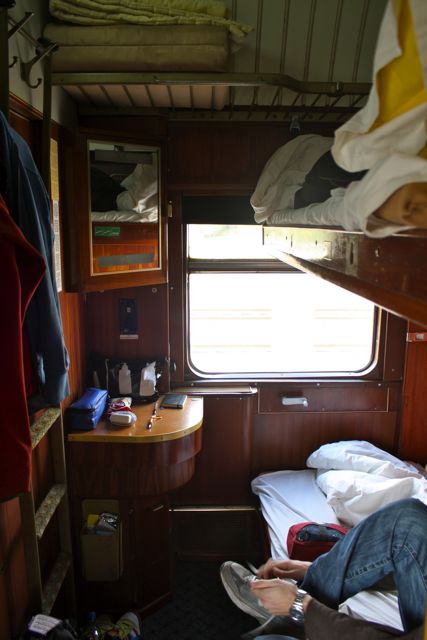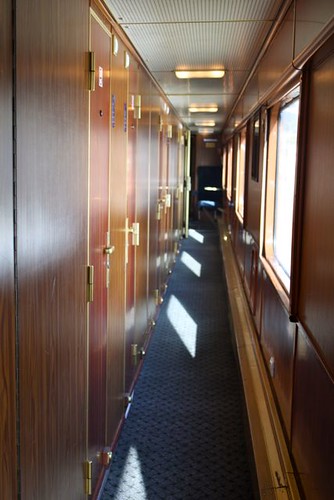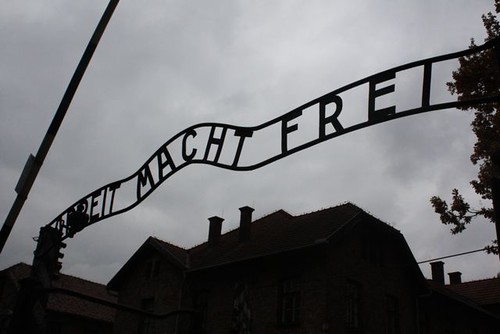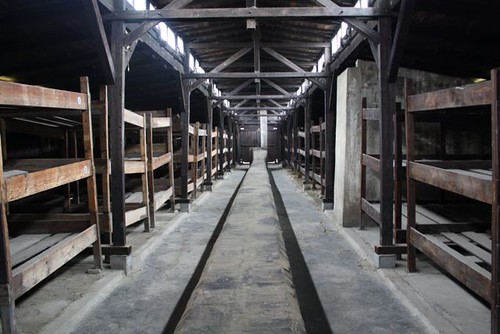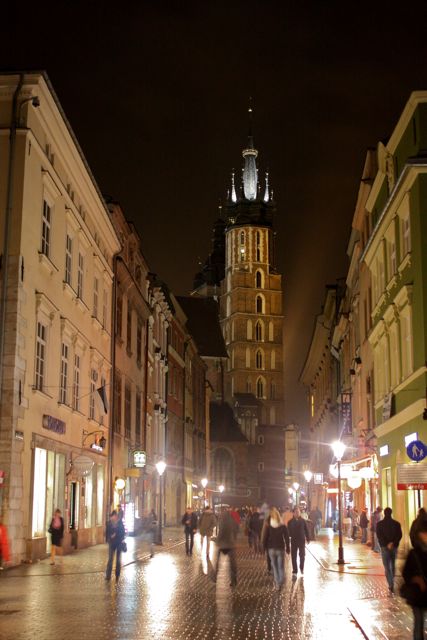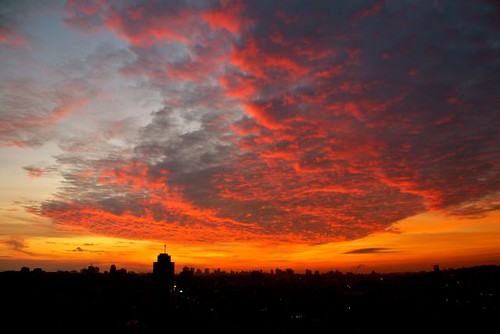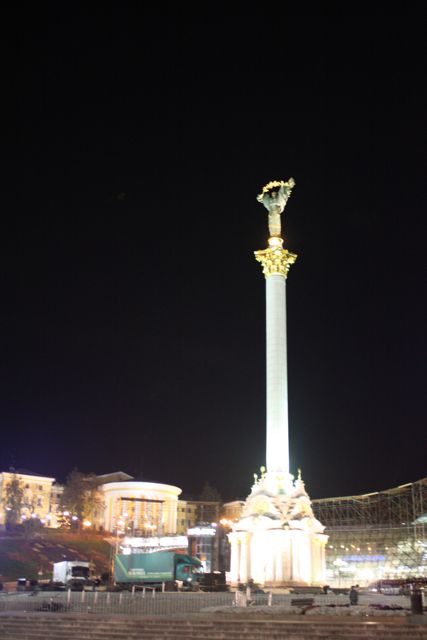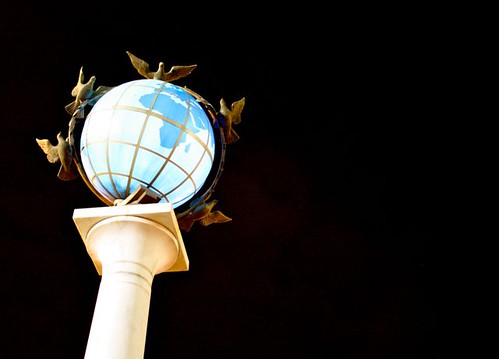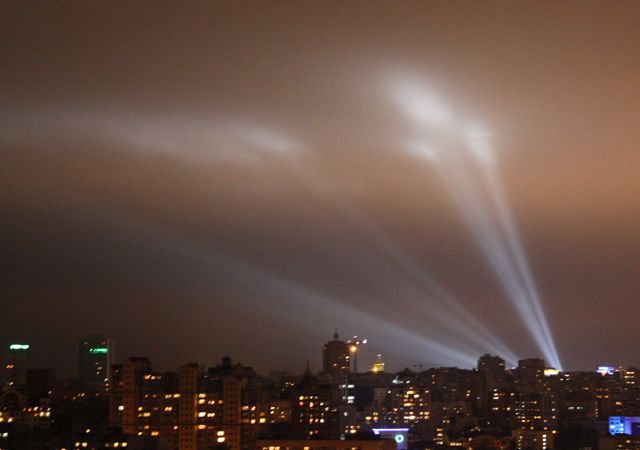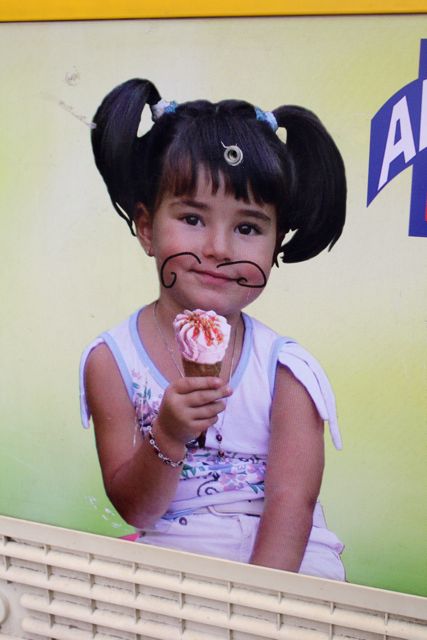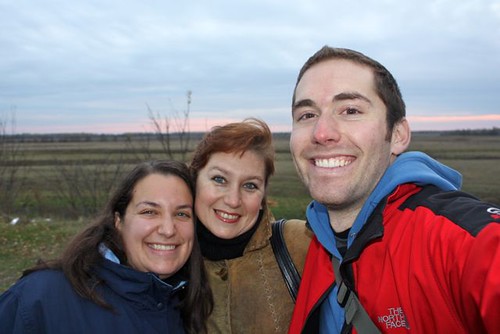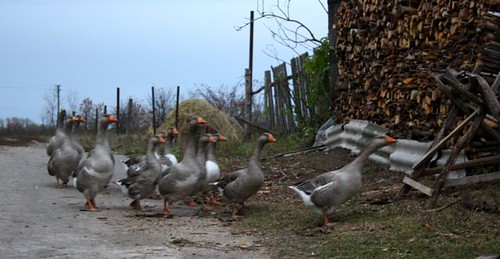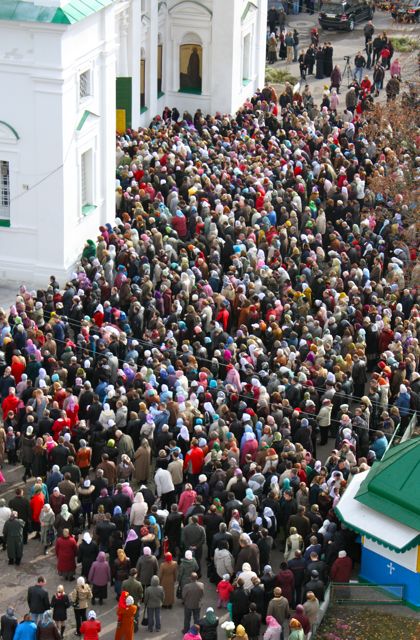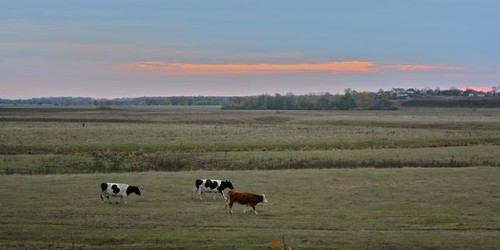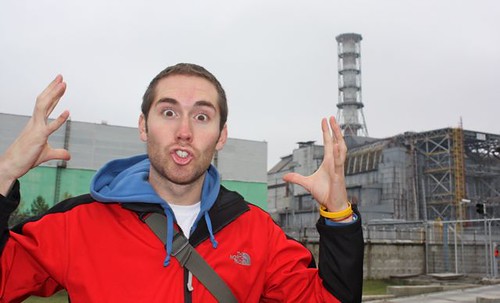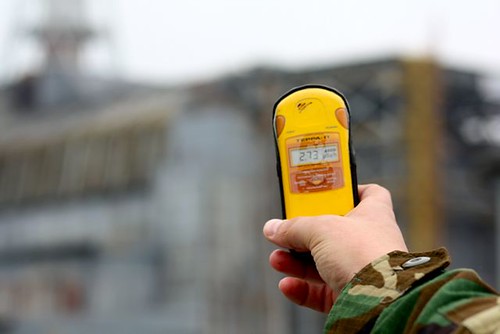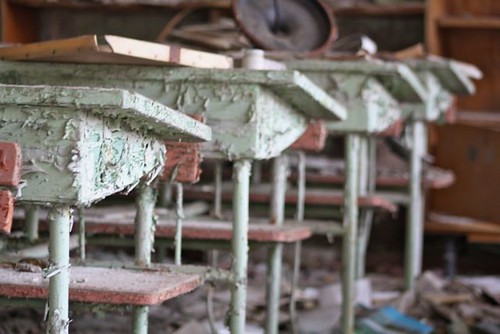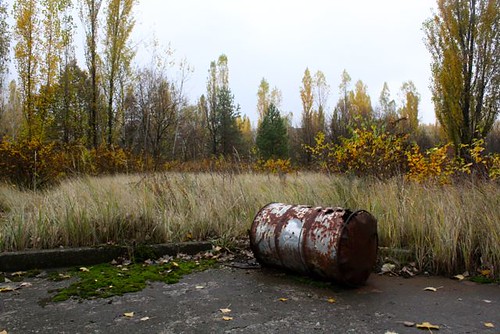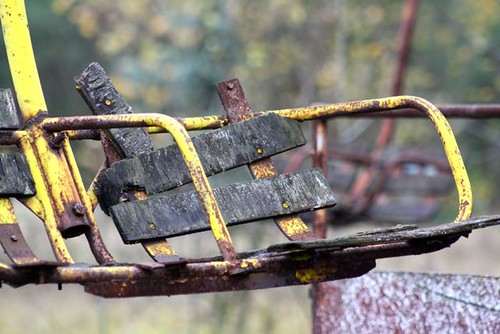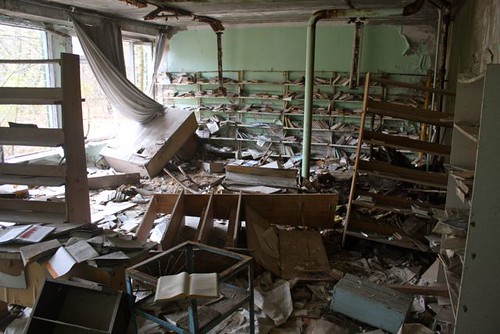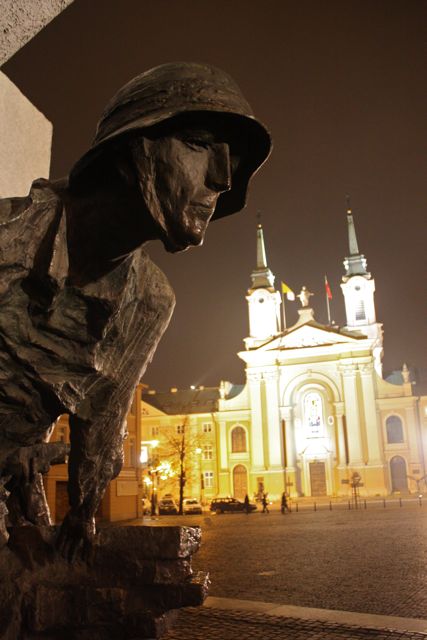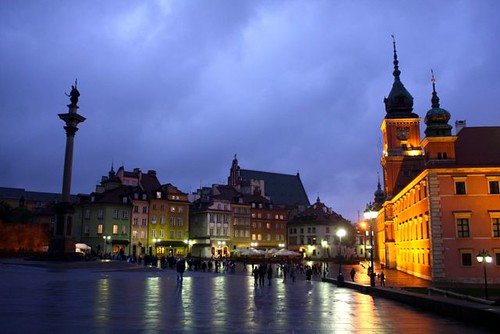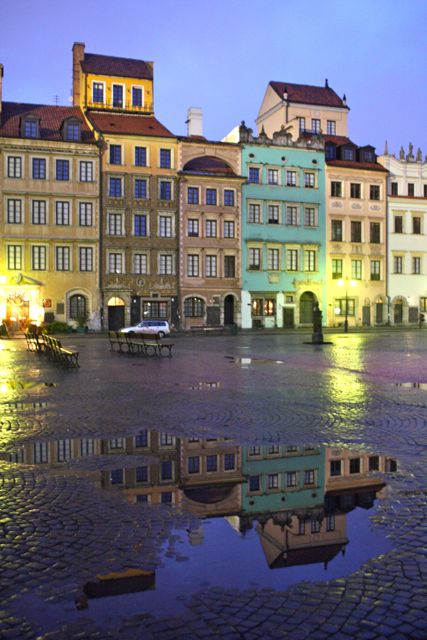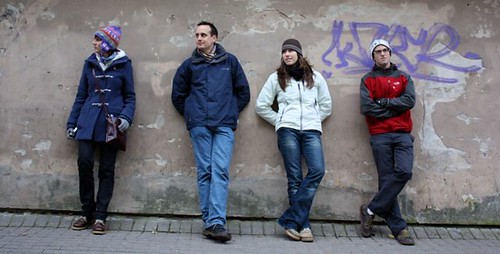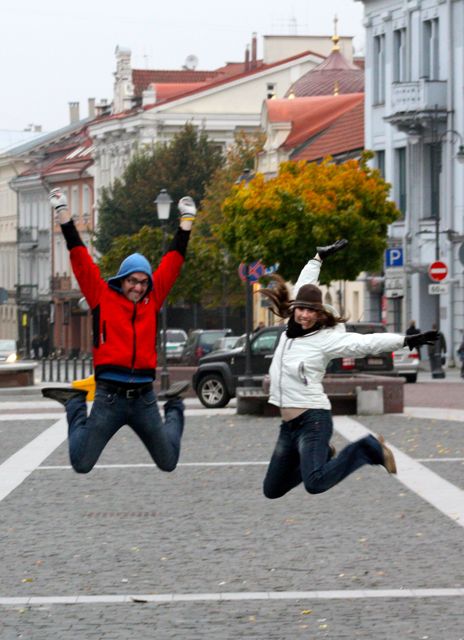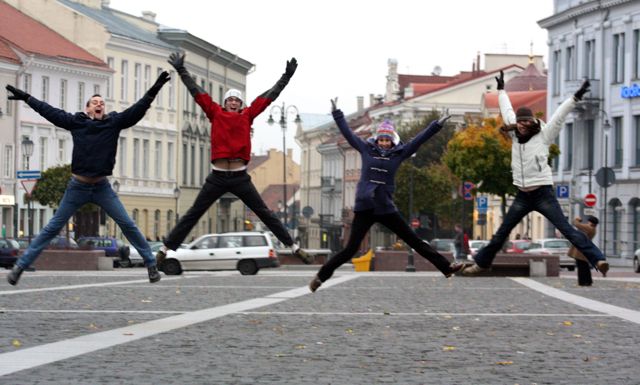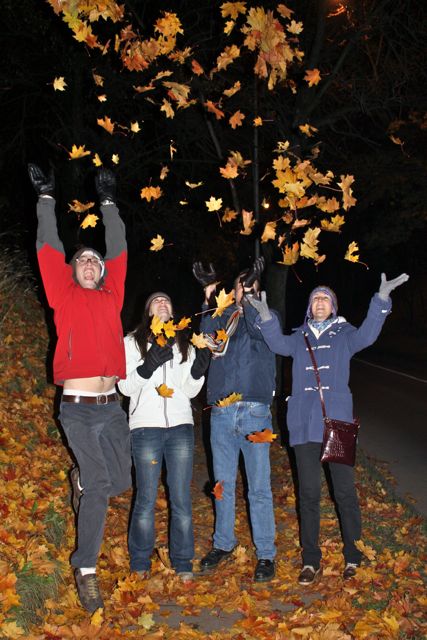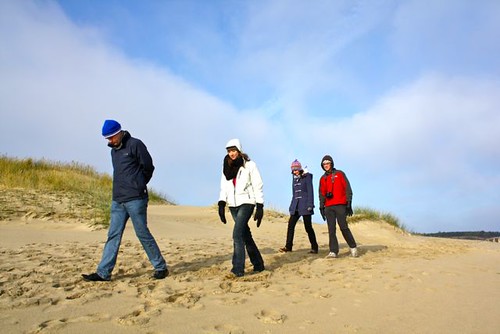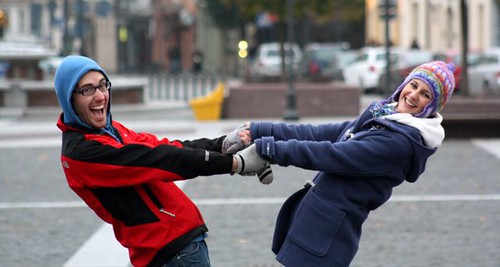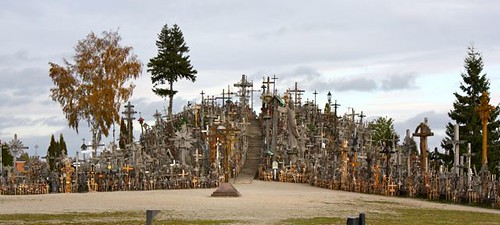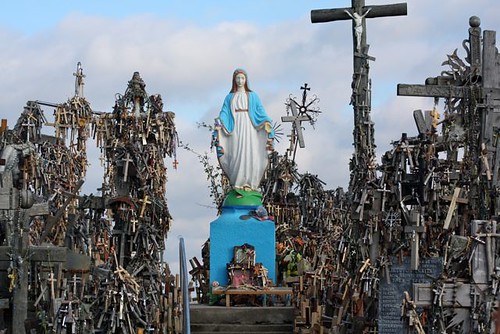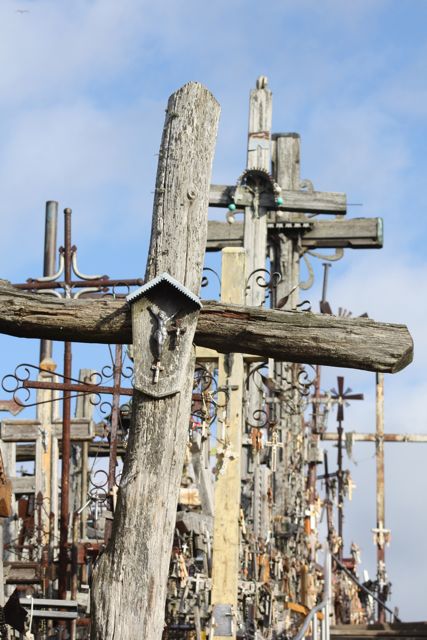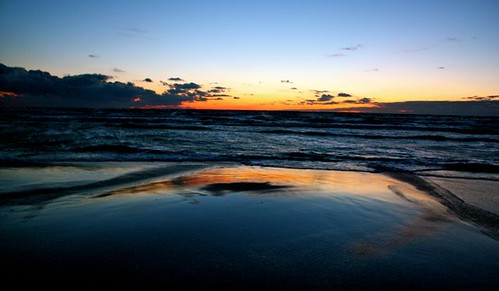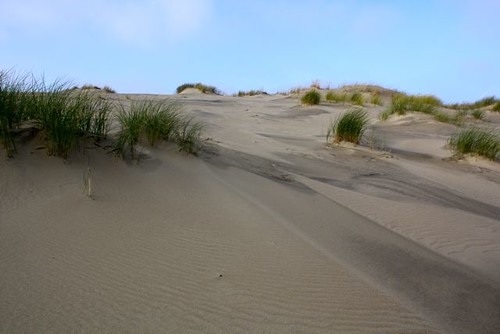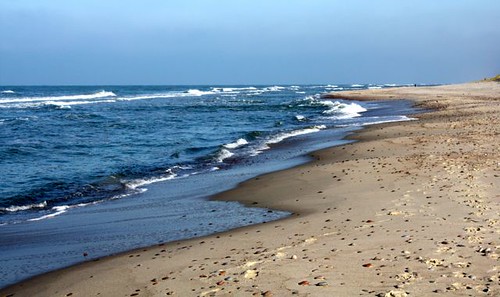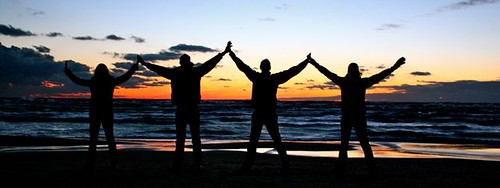
We arrive to the central train station but are certain there must be a mistake. There’s no real “station” to speak of. Certainly we must be in a small village en route to Bucharest and not, in fact, in the capital of a medium-size country that is a member state in the European Union. I locate the one ATM while Matt helps the only other woman on our train get her bags into a taxi. We then hop into our own taxi and zip off to our hostel. Every single building we pass is covered in graffiti and that is no exaggeration. Literally EVERY single building has been tagged in an array of colors from the ground to about six feet up.
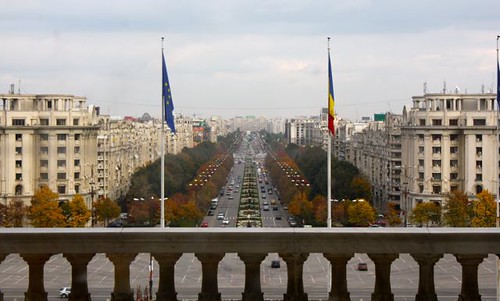
Our hostel is on the eighth floor of an old Soviet-style block apartment. There is no internet or oven and the hot water comes and goes despite the fact that we are in “one of the nicest buildings in the city” located on the main avenue. This is the part of the story when Bucharest gets ridiculous. That main avenue is six feet longer and one foot wider than the Champs Elysses in Paris. Why? Because Romania’s ridiculous communist dictator from 1965 to 1989 (before he was executed during one of Romania’s several revolutions) decided he had to build the world’s premiere communist capital in a tiny, destitute country located in Southeastern Europe.
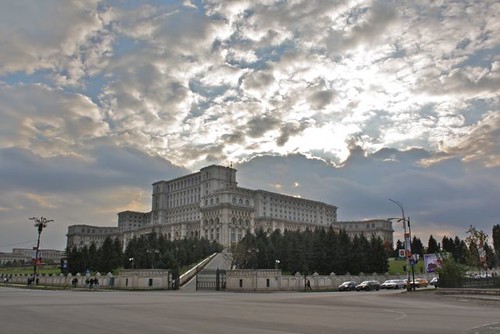
This grand avenue ends at the Parliamentary Palace, which is the world’s second largest building after the Pentagon. Yes, the second largest building in the world is located in Bucharest, Romania. It is made entirely of Romanian natural resources and is comprised of 1,000 rooms that include 1,200 crystal chandeliers and 100,000 tons of marble. I know what you’re thinking: that is just “so communist.” It was quite possibly the most elegant, beautiful, awe-inspiring building I have ever seen, and we only visited 5% of it on our 1.6-mile tour. One last tidbit: To build this monstrosity the dictator destroyed 9,000 buildings and relocated 40,000 people from central Bucharest. The cleaning bill is $1500 a day and the electricity costs $2 million a year! When it was being built the costs equaled 80% of the nation’s GDP at $12 billion dollars. What a winner.

This massive-ness is set against a near-deserted old town that appears to have been under construction for at least a decade. No sidewalks, no streets, no working signs and no people. There is just nothing going on. In a city of 2 million it was oddly devastating. In similarly new EU member states life has exploded since accession. Take Estonia, Latvia and Lithuania as prime examples - small countries with vibrant cities that have been reborn. It seems that for whatever reason, Bucharest is the European capital that Europe forgot about. That really is a shame because the people, the culture and the history deserve better than that. Thankfully, the food is divine and the nightlife raging, though I’d prefer - for the city’s sake - street lamps and sidewalks.
--
Kyle Taylor
